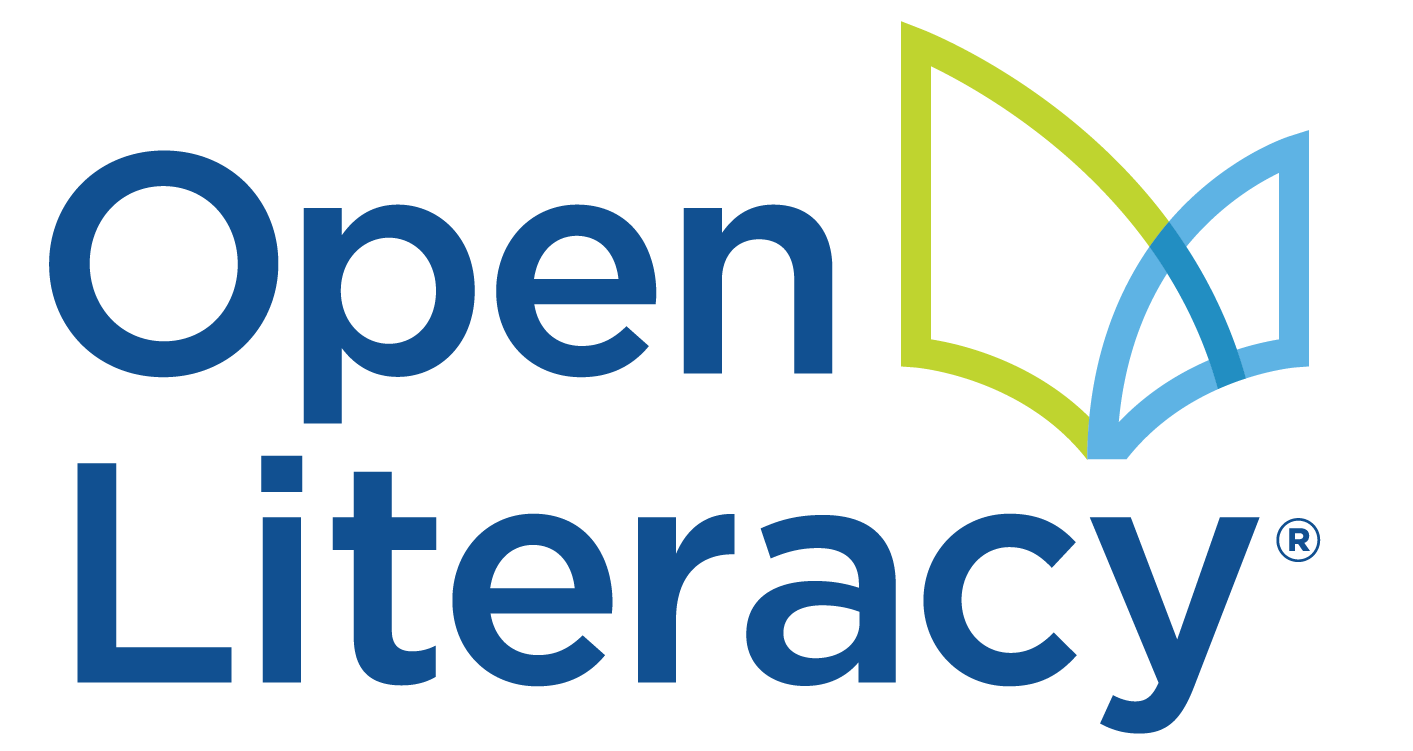What Does the Science of Reading Have to Say About Reading Comprehension?
How do children learn to comprehend?
While there is a ton of emphasis on the science of reading, this emphasis is often focused on phonics. What about reading comprehension? One thing we can think about is the difference between comprehension and learning to comprehend.
Here are four things to consider in supporting students in learning to comprehend:
Talk About It!
Every single approach to teaching reading comprehension endorsed by the National Reading Panel is rooted in discussion. Talk matters…a lot.
Review Background Knowledge
If a text is set in Flint, Michigan in the 1950s, taking some time to help students understand both the time and the place helps readers build the mental models they need to comprehend. The readers familiarity and knowledge of what they are reading about plays a huge role in the readers ability to comprehend what they are reading.
Preview Key Concepts
If a text is about how a bee waggles, previewing this key concept in advance of reading the text is like stretching before a workout – it prepares the mind to comprehend.
Pre Teach Vocabulary
Isabel Beck’s research provides us with three types of vocabulary words to worry about:
📘 Tier I – common words that the vast majority of people know (baby, clock, apple)
📙 Tier II – words that a well read adult would know (incline, meandering, petulant)
📗 Tier III – specialized words specific to content areas (photosynthesis, myosis, aristocracy, feudalism)
Tier III words hold a lot of conceptual heft and reviewing them in advance of reading both tunes readers to understand the role of these specialized words and also builds knowledge and understanding, which supports comprehension.
What are you doing to support your readers in learning to comprehend what they are reading?
Never miss a post!
Follow us on Instagram and Facebook
Have a literacy question you’d like answered? EMAIL US
Return to BLOG HOME
